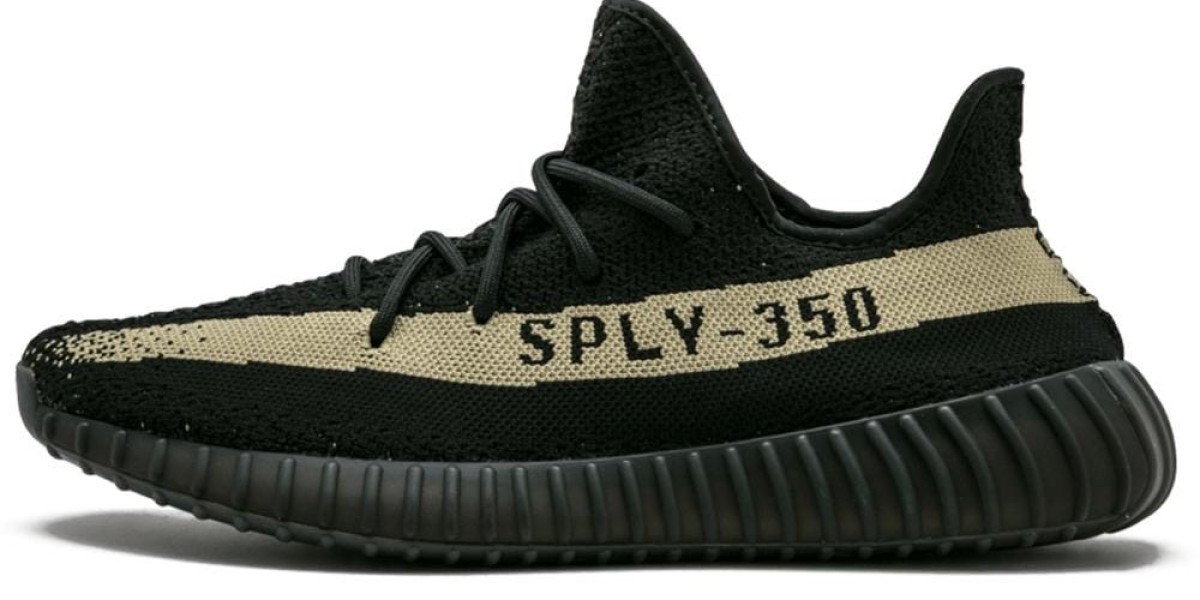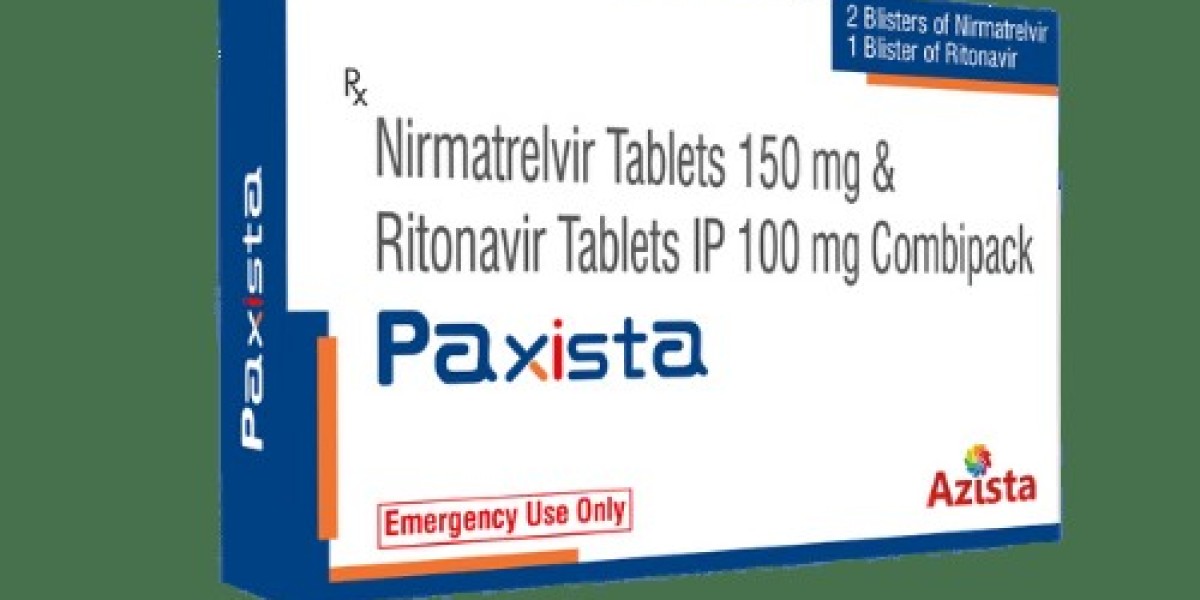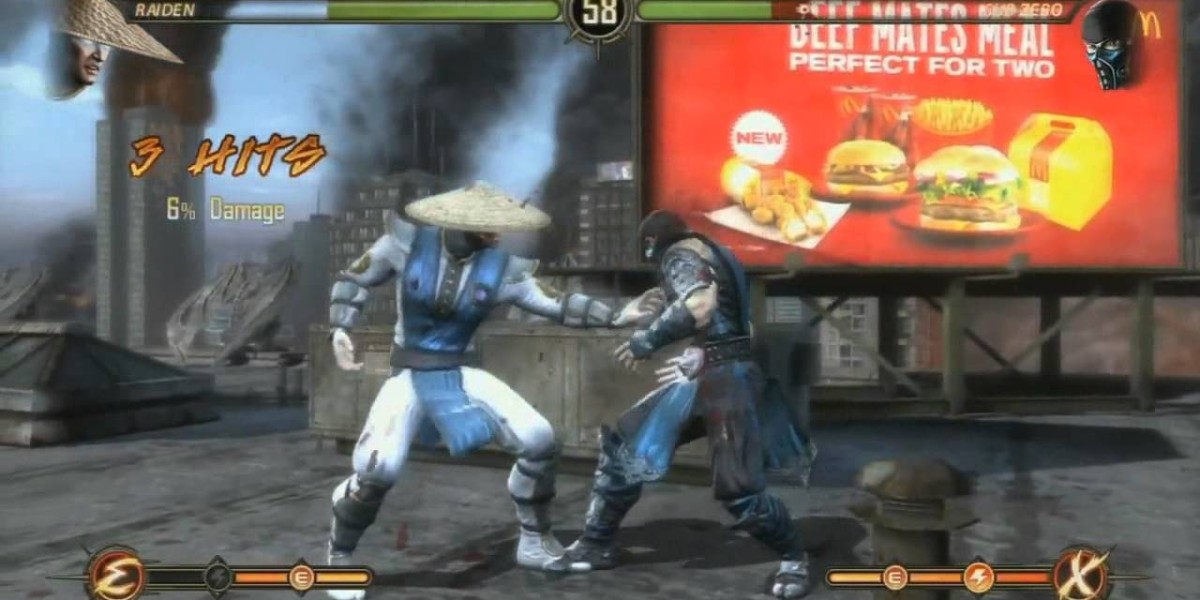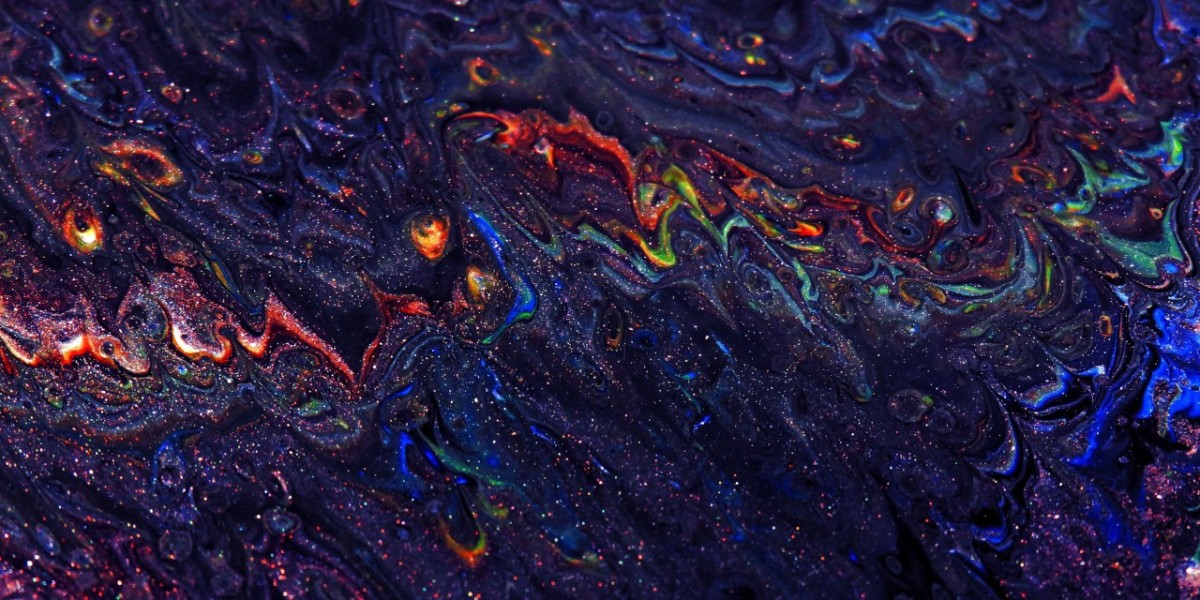Introduction:
In the summer of 2009, the world witnessed a significant political event that shook the nation of Iran. The Iranian Presidential Election Protests of 2009 marked a turning point in the country's modern history, as thousands of Iranians took to the streets to protest the contested results of the presidential election. This event captured global attention and showcased the power of social media in mobilizing mass movements and amplifying the voices of the people demanding their rights.
Description:
The 2009 Iranian Presidential Election took place on June 12, where incumbent President Mahmoud Ahmadinejad faced off against three challengers, including reformist candidate Mir-Hossein Mousavi. The election results were met with widespread skepticism as Ahmadinejad was declared the winner, allegedly securing a landslide victory with an implausible 63% of the votes. The opposition cried foul, calling for an investigation into the alleged voter fraud and irregularities.
Following the announcement of the results, supporters of Mousavi flooded the streets of Tehran and other major cities, wearing green—the symbolic color of the opposition movement—and shouting slogans denouncing the government. The protests grew in size and intensity as days went by, eventually turning into the largest post-revolutionary dissent since the 1979 Islamic Revolution.
The government responded to the protests with force, utilizing paramilitary groups, riot police, and the infamous Basij militia to suppress the demonstrations. Clashes between protesters and security forces became increasingly violent, with both sides resorting to rock-throwing, tear gas, and even gunfire. The authorities also cracked down on media coverage, barring international journalists from reporting directly on the events, which led to an information blackout.
Despite the attempts to silence the opposition, technology played a pivotal role in disseminating information about the protests. Social media platforms like Twitter and Facebook became vital tools for Iranians to bypass government censorship, share real-time updates, images, and videos of the demonstrations, and connect with the international community. This digital activism attracted immense attention globally, leading to widespread solidarity with the Iranian people in their struggle for democracy.
The Iranian Presidential Election Protests of 2009 continued for weeks, with demonstrations spreading to every corner of Iran. The movement demanded not only a fair and transparent election but also fought for broader democratic reforms, women's rights, and an end to government suppression. While the government eventually managed to quell the protests through excessive force and arrests, the events of 2009 left a lasting impact on Iranian society and the international community, highlighting the people's yearning for change and freedom.
Conclusion:
The Iranian Presidential Election Protests of 2009 marked a critical moment in Iran's recent history, as citizens took to the streets to voice their grievances against the contested election results and the authoritarian regime. This event showcased the power of social media in organizing and mobilizing popular movements, despite government crackdowns. The wave of protest, although eventually suppressed, left a lasting impact on Iran and the world, inspiring ongoing struggles for human rights and democracy.








